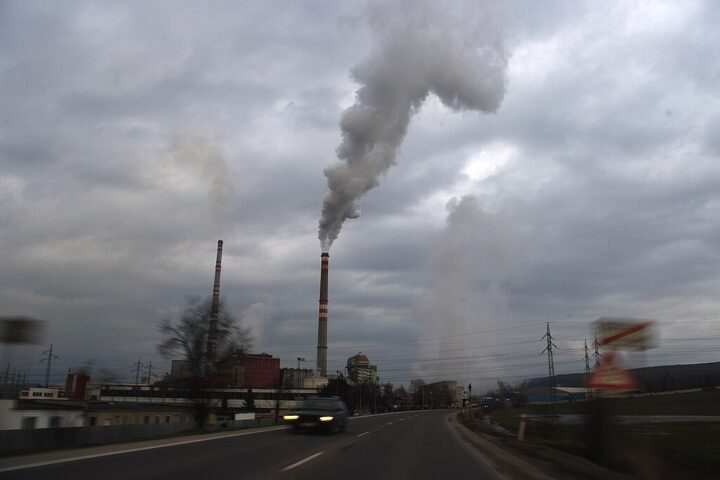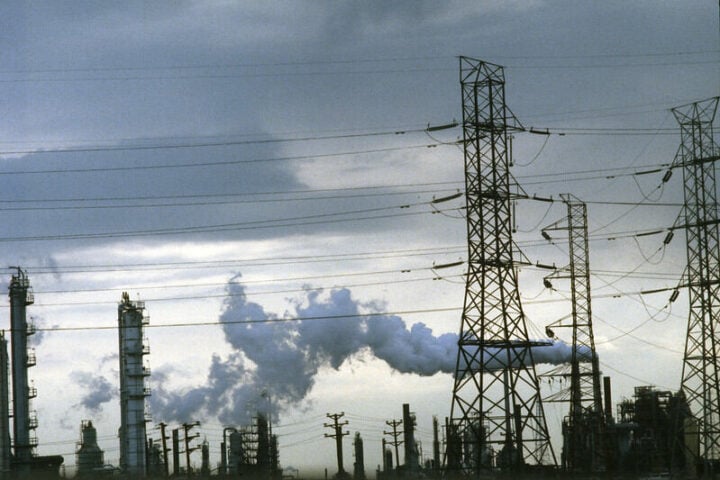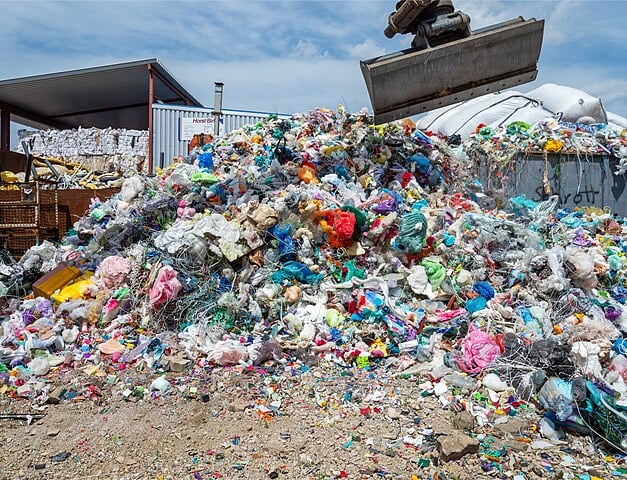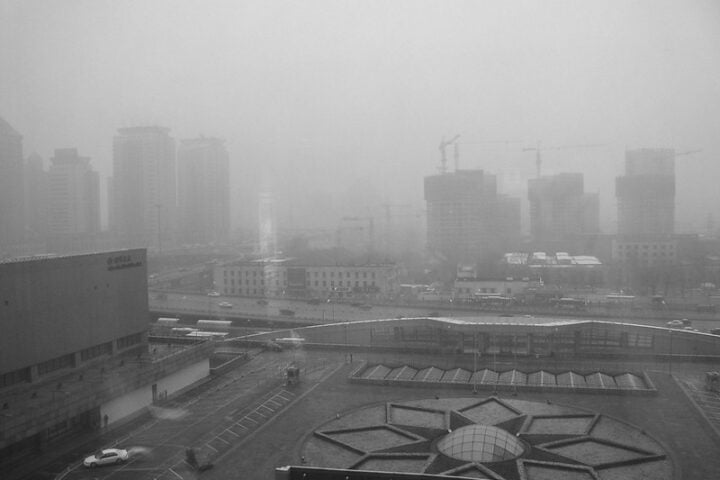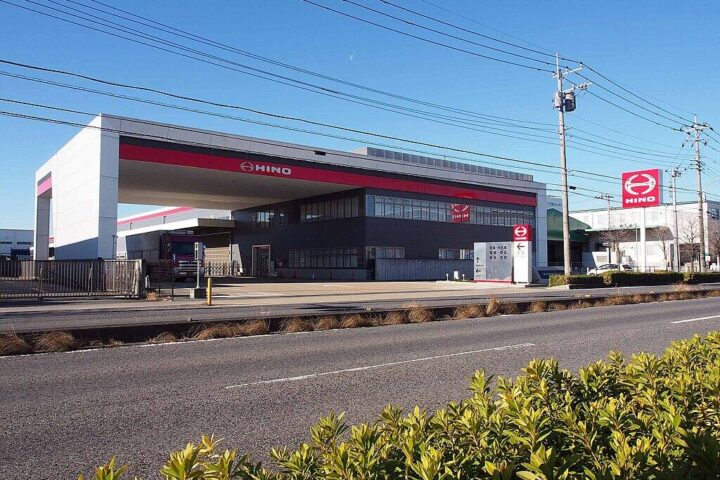California is set to revolutionize its automotive industries with a focus on reducing emissions and harmful chemicals. State officials aim to prohibit the use of hexavalent chromium, a chemical commonly used in the chrome plating process for its shiny finish and found in various products from aviation to home fixtures, with a significant impact on the automotive sector, particularly in restoration and hot rod communities. California’s ban on chrome plating for car bumpers and trim has caused concern among those who depend on it, but it is a step towards reducing emissions from the auto industry.

The chroming process that gives a bright, polished finish to vehicles and their parts has a dangerous downside. During the process, parts are immersed in a solution of hexavalent chromium, and an electrical current is applied to bond the chromium to the surface, but it also heats the solution, creating toxic fumes and vapors of the highly poisonous substance, over 500 times deadlier than diesel fumes. Some companies use suppressants to mitigate the fumes, but it only exacerbates the problem, as these suppressants contain PFAS, another toxic chemical, which ends up contaminating local waterways. The result of this process is the release of carcinogenic chemicals into nearby communities, according to state officials.
The California Air Resources Board is proposing a ban on the use of chromium or chrome-6 by 2027 and a ban on its use for industrial durability by 2039, but this move faces opposition from the state’s automotive restoration industry and other industries that heavily rely on the compound. The board recognizes the wide-ranging implications of the ban, which could result in thousands of job losses, but has allocated $10 million per year for the first three years of the ban to support industry transition. The exact nature of this transition is unclear, with Bryan Leiker, executive director of the Metal Finishing Association of California, warning that the industry is not ready and the consequences could be disastrous, potentially leading to the loss of an entire industry.




